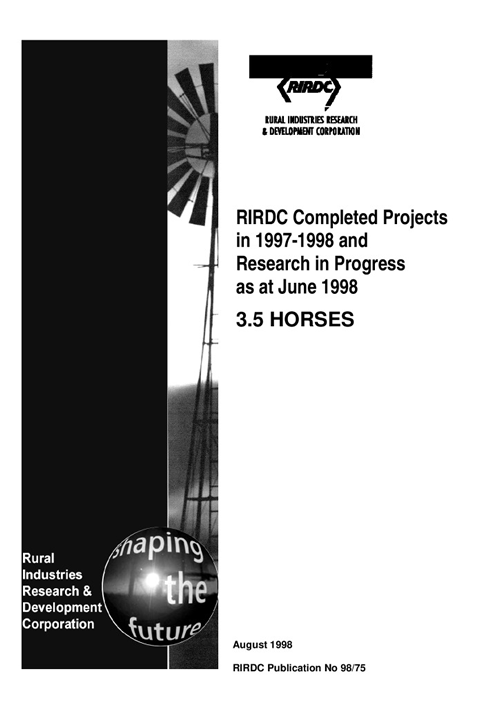Snapshot: Antimicrobial prescribing guidelines for horses
This document represents the first comprehensive resource providing detailed guidance on the management and treatment of common bacterial diseases in horses in Australia. Key highlights...

This document represents the first comprehensive resource providing detailed guidance on the management and treatment of common bacterial diseases in horses in Australia. Key highlights...

The Thoroughbred industry in Australia is the second largest in the world, both in terms of breeding and the number of races held. The industry...

The requirement for increased antimicrobial stewardship (AMS) across all industries and the knowledge that sub-optimal prescribing occurs in the veterinary industry dictates that work to...

Antimicrobials are commonly used to treat equine infections, but complications with therapy are also relatively common. Antimicrobial-associated diarrhoea (Section 6), immune mediated diseases and nephrotoxicity...

Radiography is a key part of stakeholder decision-making when buying, selling and managing Thoroughbred yearlings. In Australia, a standard set of radiographs obtained within 42...

Salmonella is an important intestinal infection of horses of all ages, and can cause colic, diarrhoea, generalised illness and death. Horses infected with Salmonella frequently need intensive treatment...

Salmonella infection can result in major health consequences in horses. The recommendations drawn from this study are crucial for improving biosecurity measures and infection control practices...

The Australian thoroughbred breeding industry contributes nearly $1.68 billion annually to the Australian economy and provides full-time employment for over 9,000 people, predominantly in rural...

